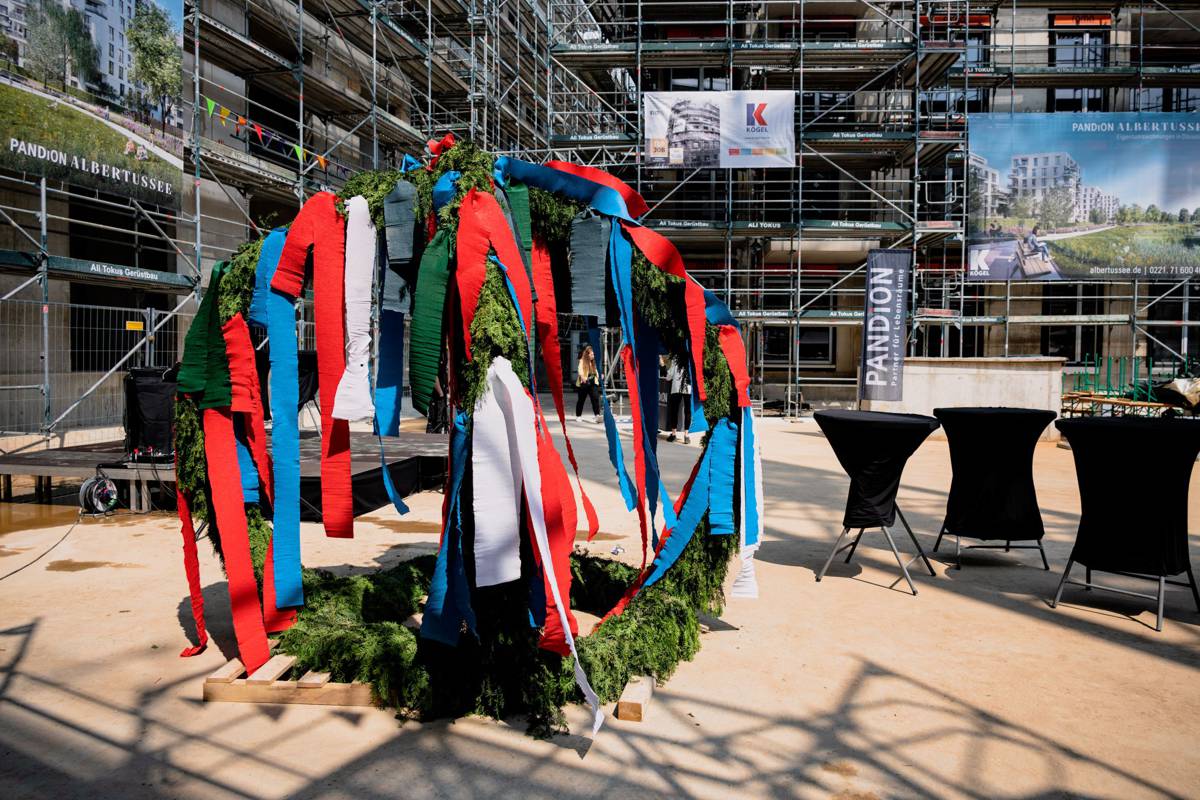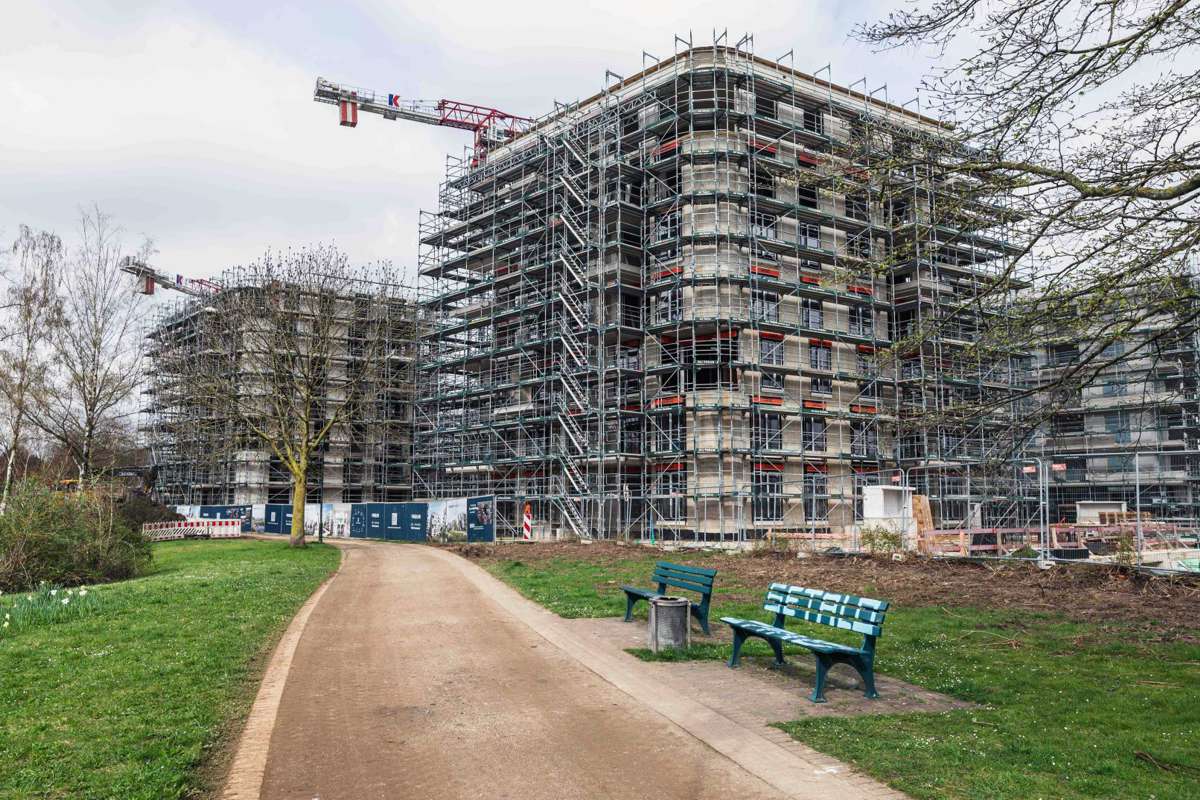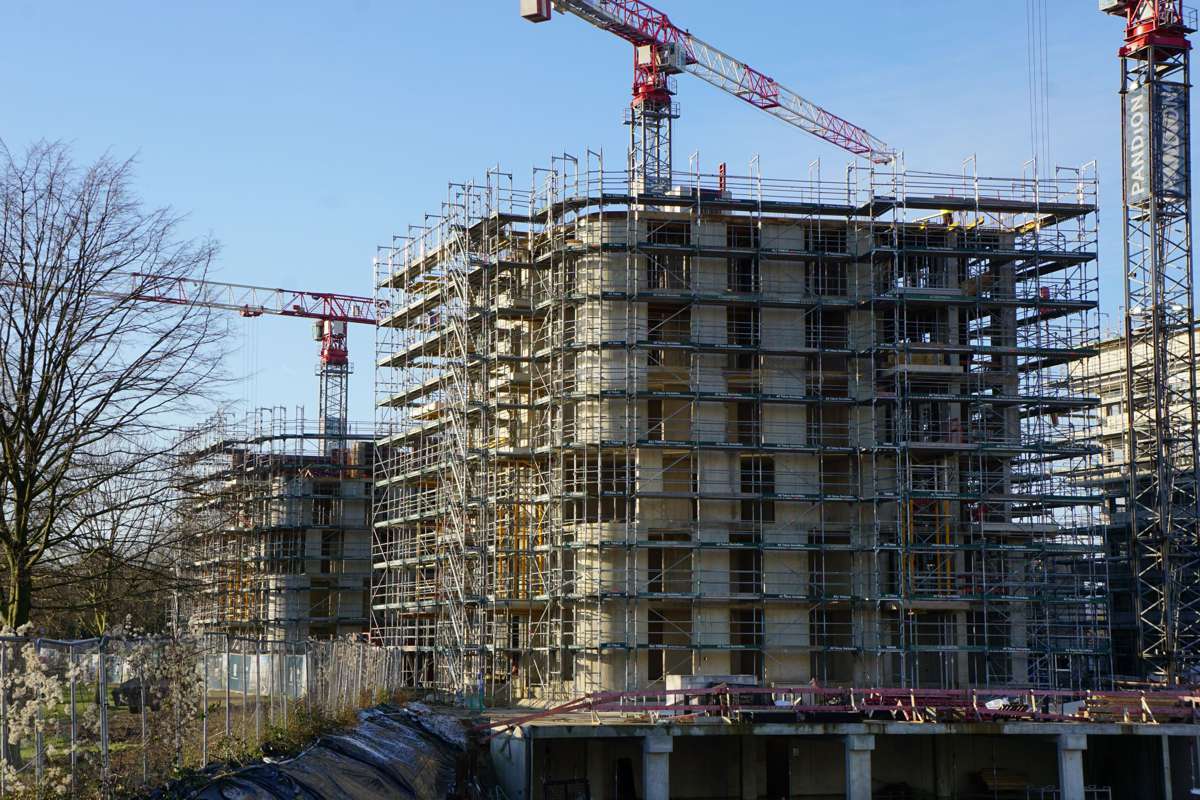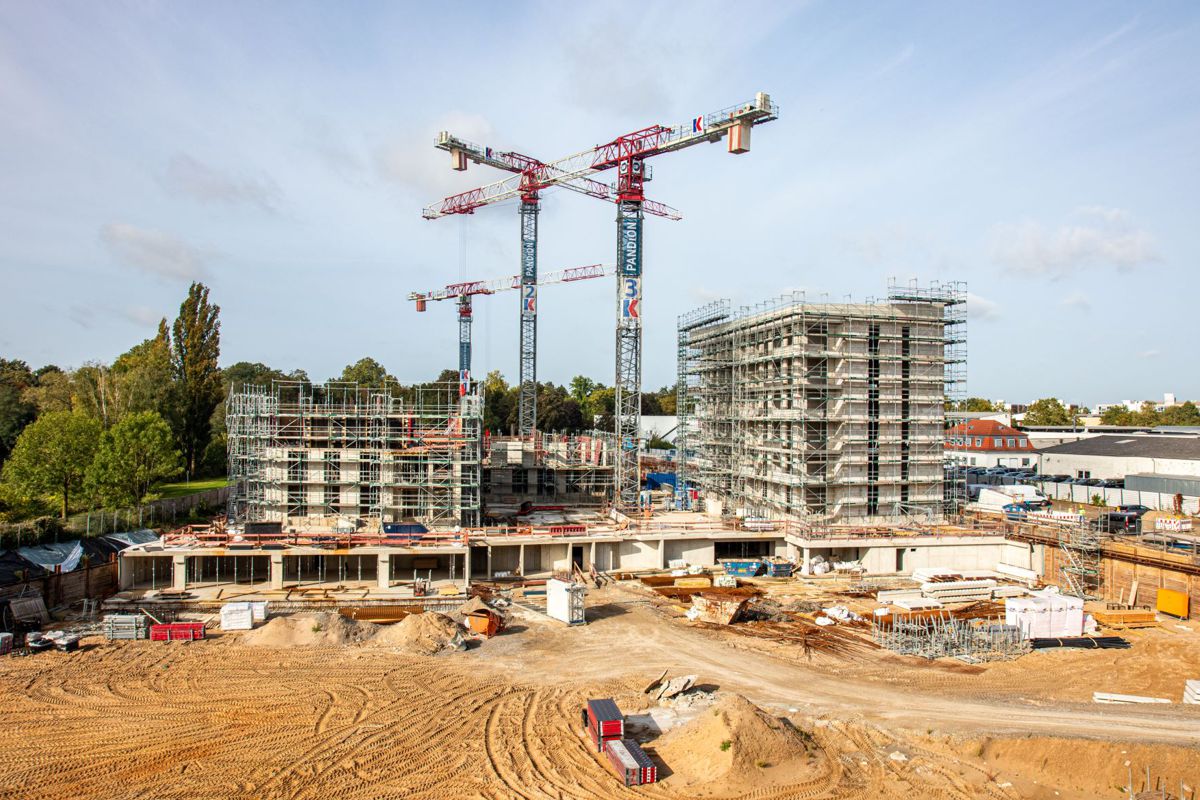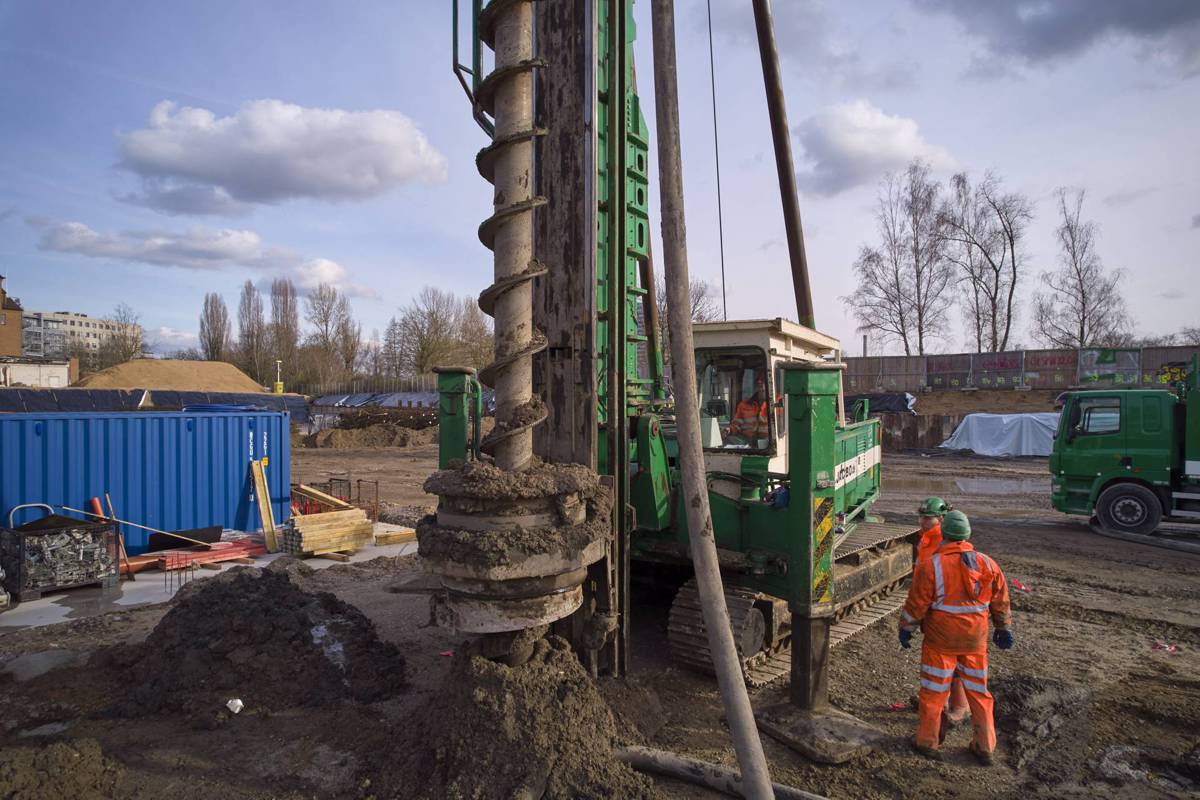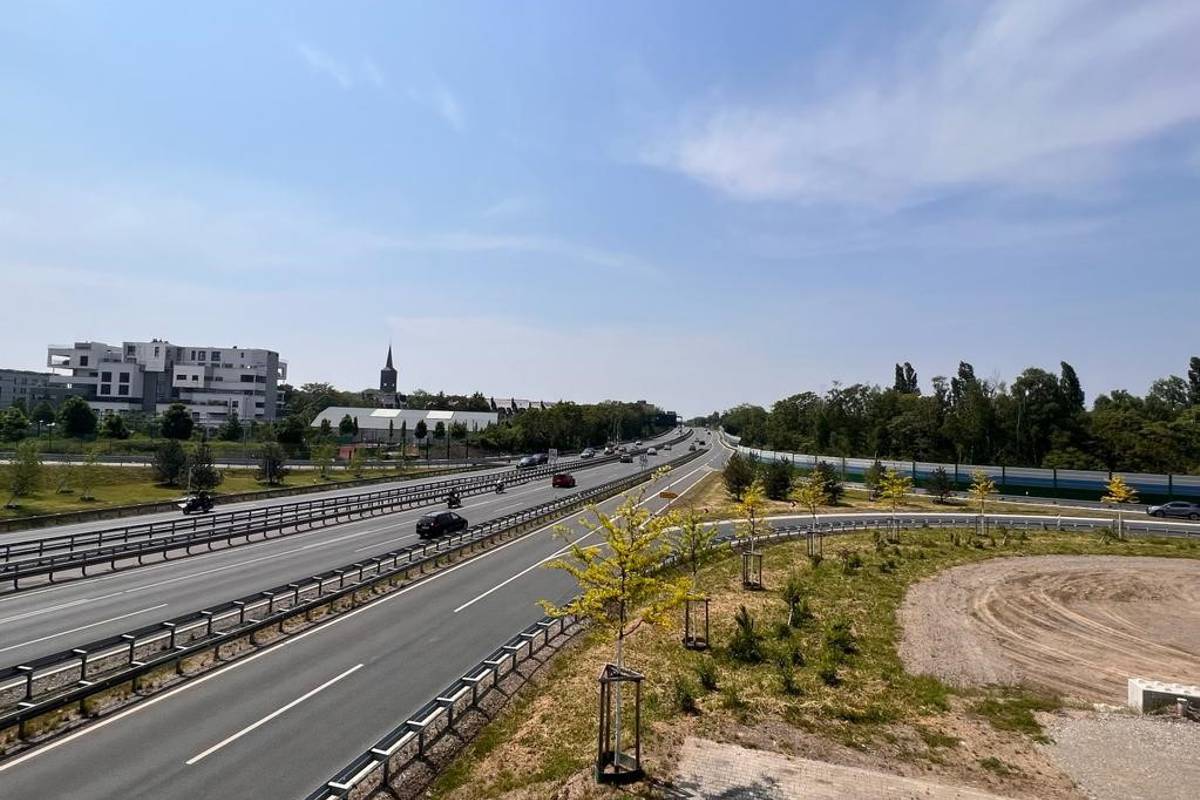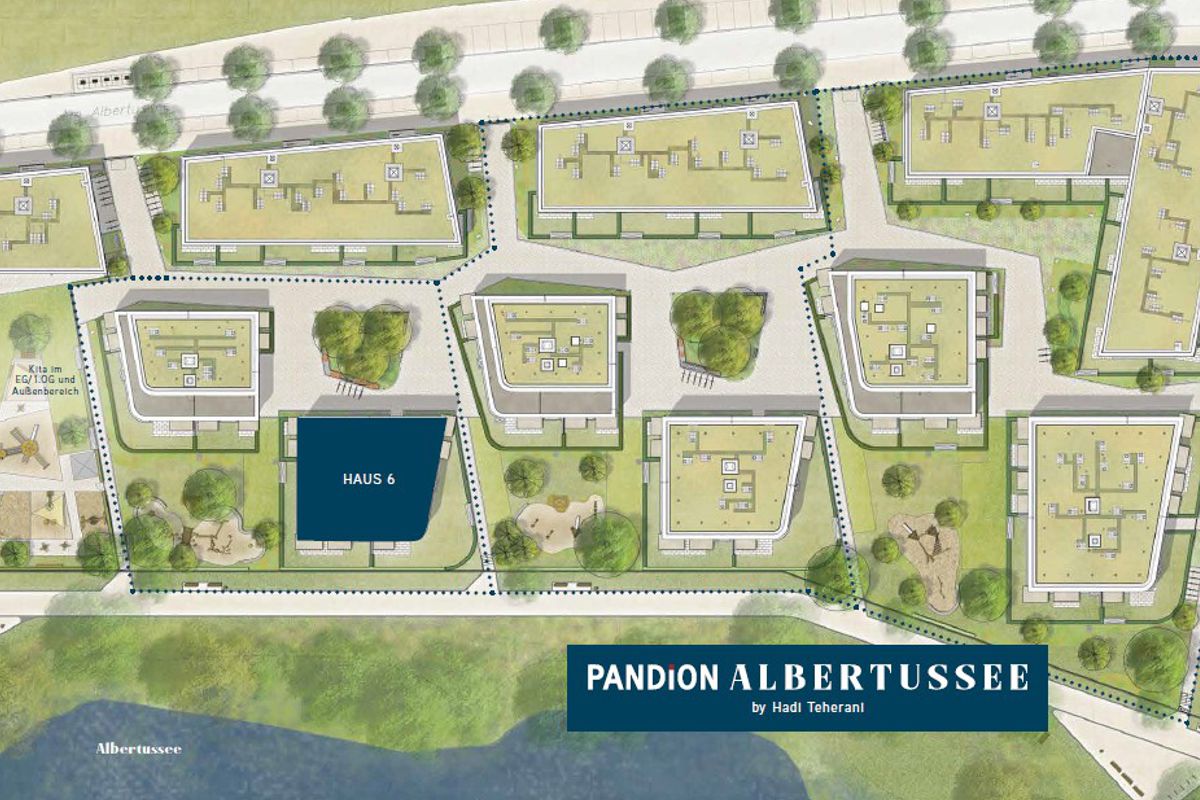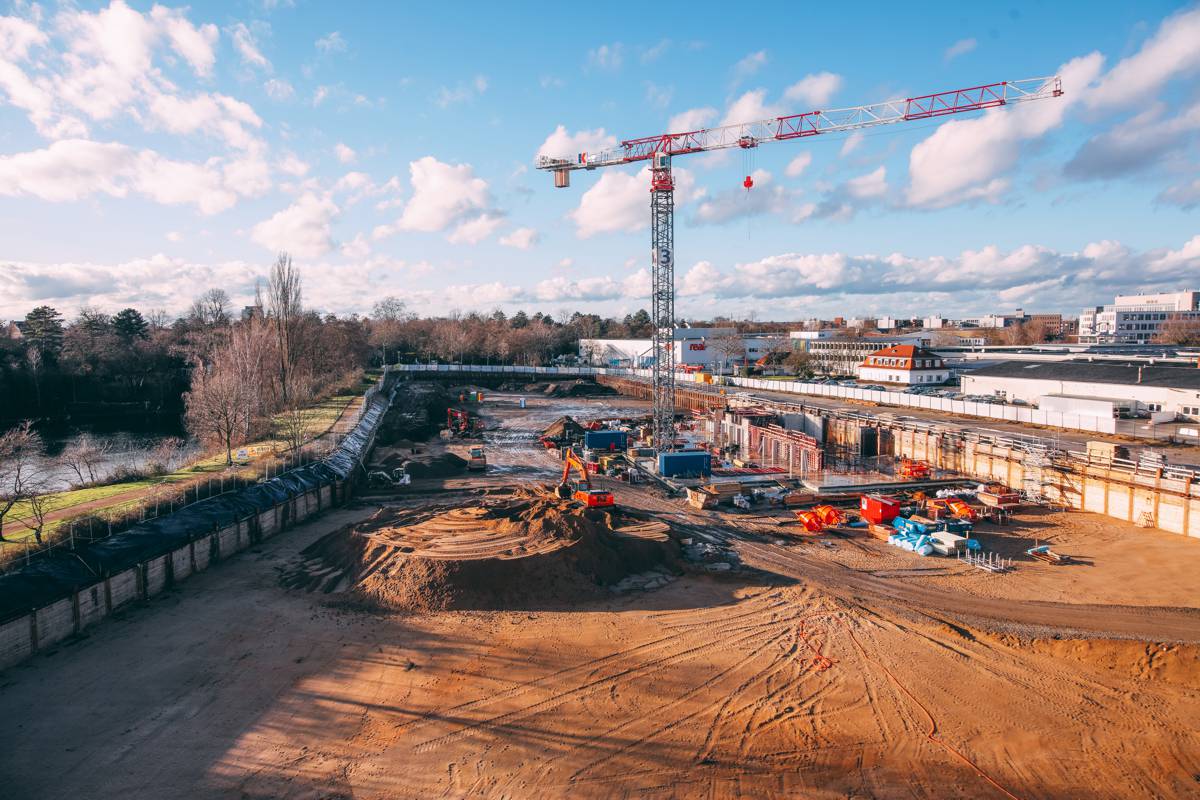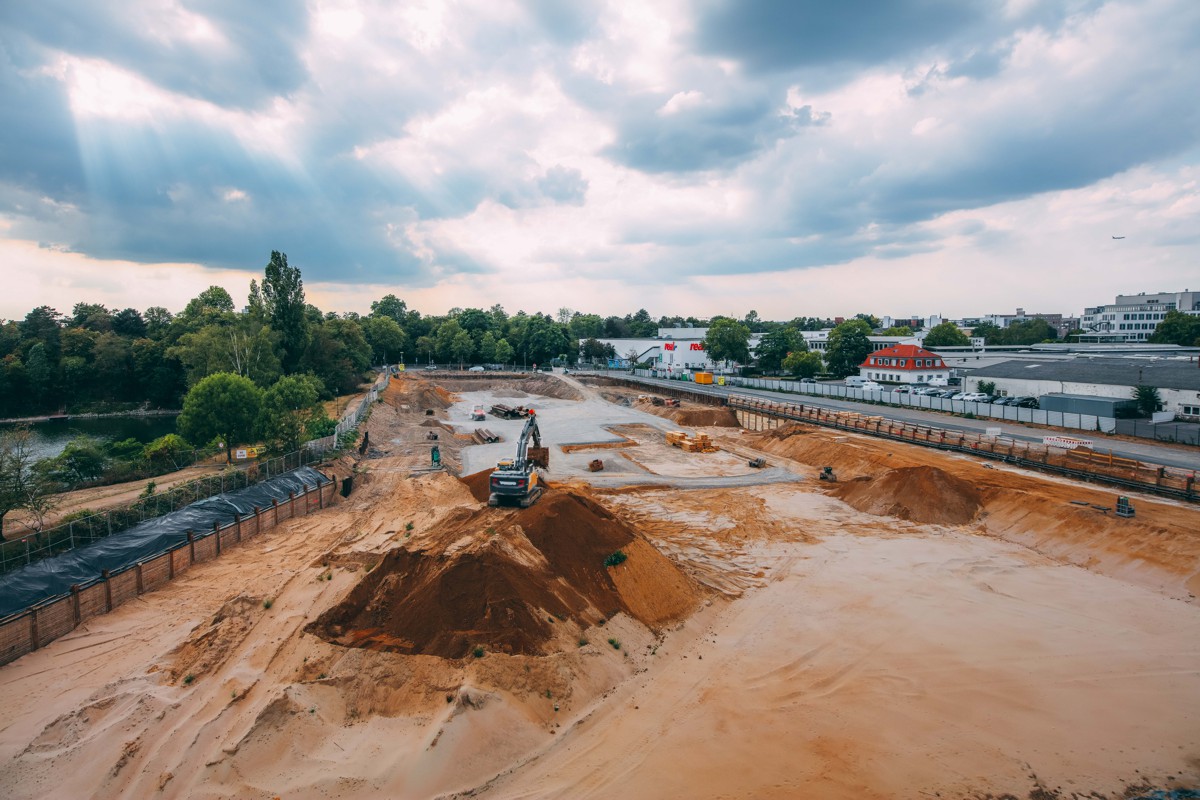Düsseldorf Heerdt Willkommen
am Albertussee
Düsseldorf ist um eine Lieblingsadresse reicher. Direkt am See und mitten in der Stadt, an der Schnittstelle von Heerdt und Oberkassel, entsteht ein lebendiges Quartier mit exklusiven Eigentumswohnungen. Hier wird Grün und Großstadt, Wohnen und Wohlfühlen sowie Architektur und Natur in Einklang gebracht. Die Stararchitekten sind Hadi Teherani und HPP Architekten, der wahre Star ist aber der See. Lernen Sie den Ort kennen, der schon bald Ihr neues Zuhause sein kann. Ab Frühjahr 2025 können Sie einziehen: PANDION ALBERTUSSEE.
- Am Albertussee, 40549 Düsseldorf
- Wohnungen mit 2 - 4 Zimmern
- Fertigstellung ab Januar 2025












